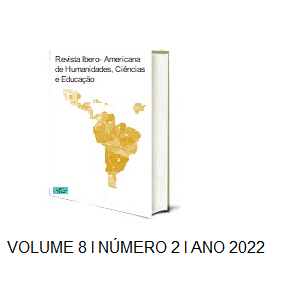ANALYSIS ON THE NOTIONS OF DURATION, VALIDITY AND JUSTICE: COMPARISONS BETWEEN FERRAJOLI AND DERRIDÁ
DOI:
https://doi.org/10.51891/rease.v8i2.4143Keywords:
Formal validity. Material validity. Justice. Ferrajoli. Derrida.Abstract
The aim of this paper is to analyze how Luigi Ferrajoli and Jacques Derrida understand the notions of validity, validity and justice of the laws, which are the main points of divergence and approximation between them. In advance, it appears that both authors distinguish mere compliance with formal legislative aspects from actual material compatibility with the legal system. Similarly, both authors defend what is procedurally understood as diffuse control, to be performed by magistrates, but with distinct objects of analysis. The main divergence identified, however, lies in the notion of justice and the guarantee of its effectiveness. Ferrajoli, a critical positivist, makes the separation of law and morality fundamental to his theory and thus understands that ideals and principles of justice only serve as a parameter for the judgment of laws when positivized, along the lines of modern constitutionalism. For Derrida, on the other hand, the notion of justice should serve as a parameter for analyzing the laws (whether fair or unfair) to be performed by judges and, moreover, for deconstructing their own law.
Downloads
Downloads
Published
How to Cite
Issue
Section
Categories
License
Atribuição CC BY

